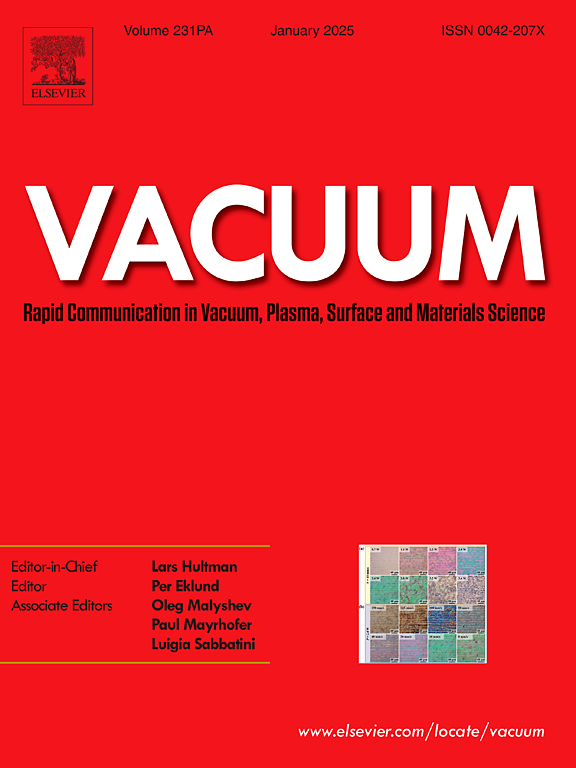First-principles insights into the stability and mechanical properties of four typical tantalum carbides
IF 3.8
2区 材料科学
Q2 MATERIALS SCIENCE, MULTIDISCIPLINARY
引用次数: 0
Abstract
From a first-principles perspective, the four typical tantalum carbides, TaC, Ta2C, Ta3C2, and Ta4C3 are comprehensively investigated by calculating their formation energies, phase diagrams, Ta-C bonding strength, and mechanical properties, such as elastic modulus, ductile, and Vickers hardness. The Vickers hardnesses at finite temperatures were also predicted. Our calculations clearly show that the stabilities of the four tantalum carbides are highly temperature-dependent. Although Ta3C2 is slightly metastable at lower temperatures, it becomes stable above 1200 °C and lies ∼0.003 kJ/mol below convex hull. This may explain why it has been hardly reported in experiments. The calculations further indicate that the relative stability ranking of the four tantalum carbides significantly changes across four distinct temperature regions defined by three temperatures of ∼415 K, ∼855 K, and ∼1165 K. Below ∼1165 K, Ta4C3 is the most stable phase. Although TaC is least stable below ∼415 K, its stability step-wisely increases in the four temperature regions and becomes the most stable phase above ∼1165 K. The Ta2C, which seems to be ductile in our calculations, is least stable above ∼415 K due to its weaker Ta-C bonding. Our calculations provide comprehensive insights into the stability and mechanical properties of the four tantalum carbides.
求助全文
约1分钟内获得全文
求助全文
来源期刊

Vacuum
工程技术-材料科学:综合
CiteScore
6.80
自引率
17.50%
发文量
0
审稿时长
34 days
期刊介绍:
Vacuum is an international rapid publications journal with a focus on short communication. All papers are peer-reviewed, with the review process for short communication geared towards very fast turnaround times. The journal also published full research papers, thematic issues and selected papers from leading conferences.
A report in Vacuum should represent a major advance in an area that involves a controlled environment at pressures of one atmosphere or below.
The scope of the journal includes:
1. Vacuum; original developments in vacuum pumping and instrumentation, vacuum measurement, vacuum gas dynamics, gas-surface interactions, surface treatment for UHV applications and low outgassing, vacuum melting, sintering, and vacuum metrology. Technology and solutions for large-scale facilities (e.g., particle accelerators and fusion devices). New instrumentation ( e.g., detectors and electron microscopes).
2. Plasma science; advances in PVD, CVD, plasma-assisted CVD, ion sources, deposition processes and analysis.
3. Surface science; surface engineering, surface chemistry, surface analysis, crystal growth, ion-surface interactions and etching, nanometer-scale processing, surface modification.
4. Materials science; novel functional or structural materials. Metals, ceramics, and polymers. Experiments, simulations, and modelling for understanding structure-property relationships. Thin films and coatings. Nanostructures and ion implantation.
 求助内容:
求助内容: 应助结果提醒方式:
应助结果提醒方式:


